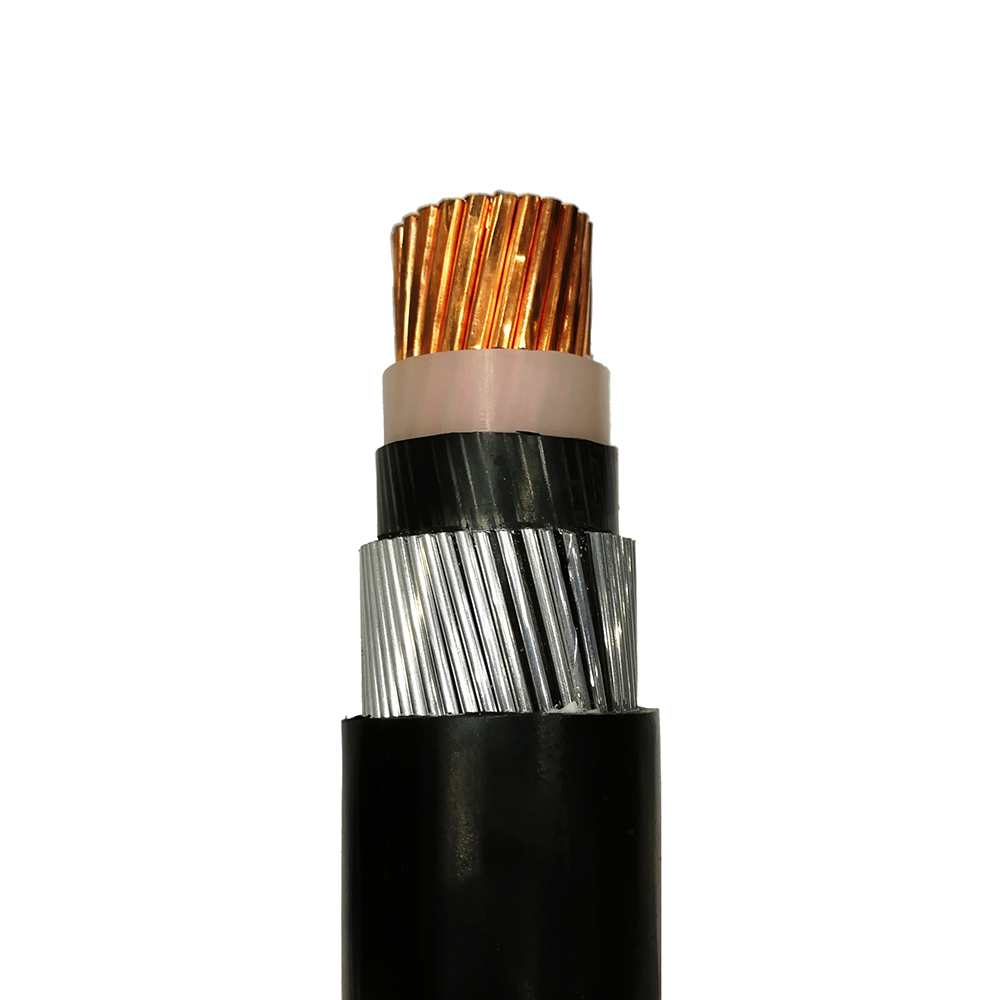 Author: Joey
Author: Joey  September 18,2023
September 18,2023
The structure of Armored cable is broken down from the inside out: conductor (usually copper conductor or aluminum conductor), insulation (XLPE or PVC) inner sheath (PVC) armoring (wire or steel strip) outer sheath (PVC).

Typically, the construction of aluminum or steel wire armored cables consists of six parts:
1. conductor
Conductors mainly conduct electricity and transmit electricity.
Copper conductors are good conductors, aluminum conductors are weak.
2. Insulation
The insulation material is cross-linked polyethylene (XLPO or XLPE), which has high insulation resistance (IR), high dielectric strength and low dielectric constant.
XLPE or PVC-XLPE is expensive, but has good coating and softness, while PVC is cheaper and softer.
50 mm2 armored cable, 95mm2-armoured-cable, 6mm2 3 core armored cable provide high temperature resistance.
3. Bedding
It (armoured cable 16mm2, ) is a layer that forms a protective barrier between the insulation layer and the armor.
4. Sheath
Jackets provide a higher level of protection to the cable components that are connected together.
Sunlight emits ultraviolet radiation, which can prematurely degrade the materials in cable jackets. The black sheath itself has greater UV resistance.
Sheathing degradation can occur for a variety of reasons, such as chemicals, excessive heat, or cold.
5. Voltage
Rated voltages are 600/1000V, 6.35/11kV and 19/33kV.
6. Armor
Protect the cable from damage by external mechanical forces.
Steel or aluminum armoring contributes to mechanical protection, allowing the cable to withstand the mechanical stresses to which it is subjected.
